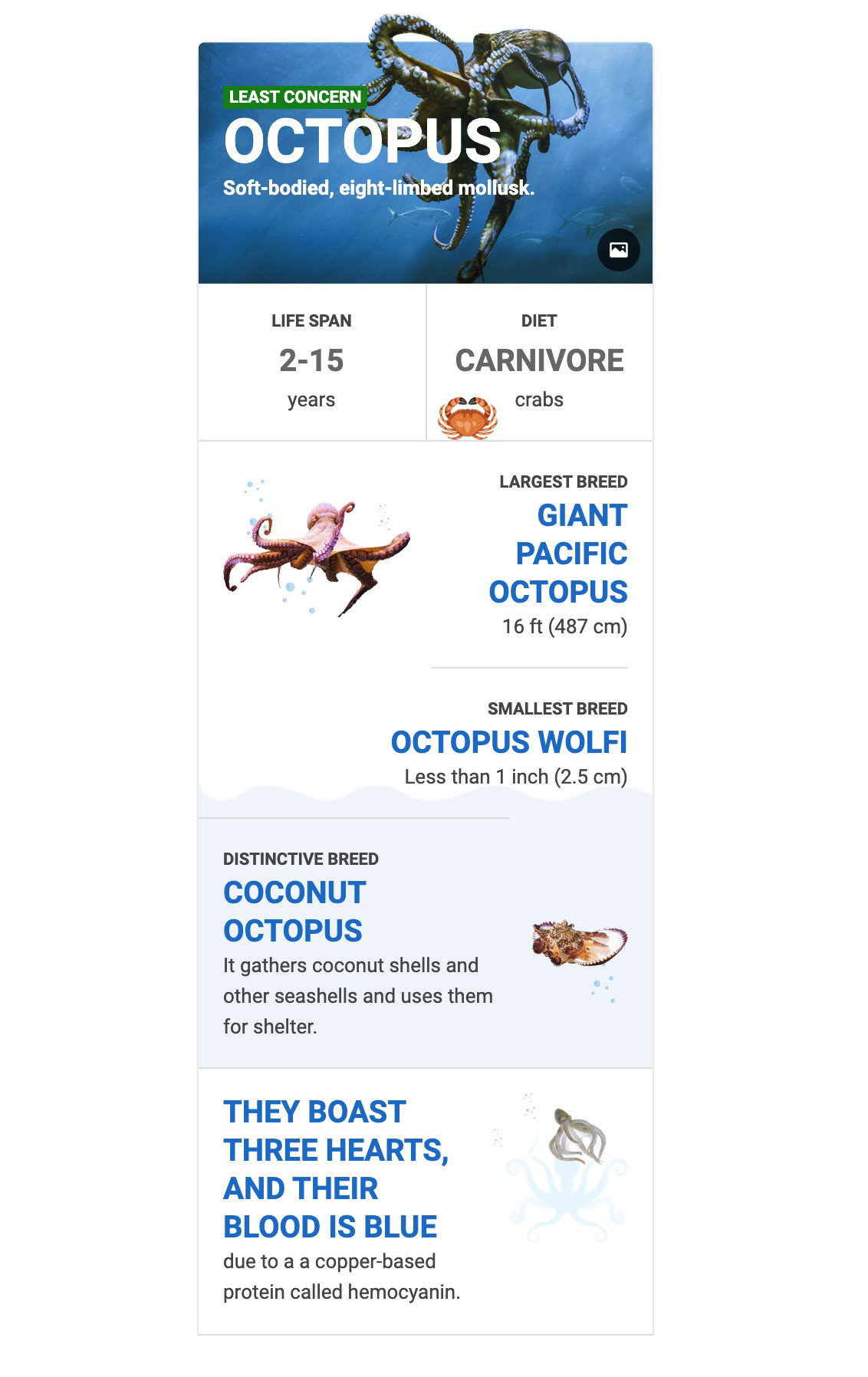April 2021: Organic search update.

Introduction.
It’s that time of the month again already– so we’ve pulled together all of the most noteworthy organic search updates for you.
While March was by no means a quiet month in terms of what’s going on in the world, when it comes to developments in the world of SEO, it was relatively quiet, with no major algorithm updates or curveballs from Google. (Phew!)
But in true SEO fashion, not everything stayed the same this month, here are the latest changes:
Google updates Core Web Vitals and page experience FAQs.
Just before the month ended, Google updated the all-important Core Web Vitals FAQ page, on the run-up to the roll-out in May. This document was initially posted in December 2020 and was updated on March 30th, with a lot more details. A definite highlight of this update is how Google will rank pages after Core Web Vitals becomes an official ranking factor. They say:
“Our systems will continue to prioritize pages with the best information overall, even if some aspects of page experience are subpar. A good page experience doesn’t override having great, relevant content”
This is really good news for everyone still creating great content. We understand how difficult it is to get a perfect score on Google’s PageSpeed insights, so it’s encouraging to get a confirmation from Google themselves, that Core Web Vitals isn’t the be-all and end-all. You can see the full document here.
Google News update.
At the start of the month, Google announced the arrival of ‘Full Coverage’ in SERPs, essentially an extension of their ‘News’ function. After a tumultuous year in the news, the COVID-19 pandemic and the US election to name a few, Google wants to provide more context to their users, allowing them to see local headlines, in-depth pieces and top news for big developing stories. They are hoping this will allow users to explore ‘all aspects’ of a story.
See it in action below:
This feature is currently only available in the US, for English language search queries. The plan is to roll it out to more languages and locations in the coming months.
Update to the “JobPosting” structured data.
Mid-month, Google made some significant changes to the rich results report in Google Search Console. Firstly, they announced that Search Console has changed the requirements for the Education, Experience and ExperienceInPlaceOfEducation properties of job posting structured data. As these requirements have been altered, you may see an increase in warnings for the Job Posting instances in your property. If you have a website which relies on search traffic to your job postings, it’s important to keep an eye on this report in Search Console to make sure all is working as intended, your listing may not be displaying properly, or at all.
Secondly, Google announced that there would be changes to the FAQ and Q&A report in Search Console. Google will now start to validate and check the validity of FAQ and Q&A structured data that is below the root entity level. Before this, Google only checked the validity of FAQ and Q&A structured data at the root level. Now Google is being strict, you may see an increase in valid, warning, and invalid FAQ and Q&A items in your rich results report.
If you see an influx of these issues, Google has included instructions on this report to help you get back on track.
Bing search results become more visual.
It’s easy to forget about Bing, as so much of SEO efforts and chatter in the SEO community comes from the head honcho, Google. But definitely don’t underestimate this search engine. Bing answers approximately 30% of queries in the US and 6.43% globally. On 4th March, Microsoft announced there would be several Bing updates which will make the search experience more ‘visually immersive’.
This update will affect a range of Bing’s existing search features, including recipe results, image search’s similar looking items and infographic knowledge panels, like the one below.

This update may be important for your website if you get a significant amount of traffic from Bing or if you rely on traffic from informational queries. Visual results which keep the user in the SERP rather than clicking through to your website may result in a downturn in traffic over time.
Google releases new resources for video SEO.
On 17th March, Google announced a selection of new resources to optimise video content. This is largely in response to global video consumption continuing to grow.
Some best practice tips Google gives are as follows:
- Make your videos on the web publicly on a web page (That isn’t blocked by robots.txt or noindex metadata).
- Provide structured data with VideoObject markup.
- Include high-quality thumbnails (without a valid thumbnail image, your video may not be indexed).
- Submit a video sitemap.
- Make video content files accessible (do not block Google).
See the full explainer video from Google here:
Although there is nothing new here in terms of how Google indexes and ranks video content, it is a useful resource if you’re trying to boost the visibility of your video content.
Interested in working with KOTA?
Drop us a line at
hello@kota.co.uk
We are a Creative Digital Agency based in Clerkenwell London, specialising in Creative Web Design, Web Development, Branding and Digital Marketing.



